092716_YKBP_A9.pdf








Broadcaster Press 9
September 27, 2016 www.broadcasteronline.com
fall
5 Tips to Make an
Older Home More
Energy Efficient
While new homes are being built to be more energy efficient
than ever before, thanks to a growing green building movement
and increasingly strict building codes, the age of existing dwellings continues to present challenges. More than 40 percent of
the housing stock in the United States was built before 1969 and
simply wouldn’t stand up to today’s standards. Yet, much can
be done to help homeowners improve their building envelope
to reduce energy use and increase efficiency.
Improving your home’s energy efficiency can help save money, keep you more comfortable, reduce pollution, and prevent
global warming. Try these five simple measures to maximize
the energy efficiency of your home:
1. Seal cracks and gaps around your home’s windows, doors,
and vents. These can be a considerable source of energy loss,
allowing conditioned air to escape and unconditioned air to
infiltrate your home, placing stress on your furnace and air
conditioner in the process. An easy DIY solution is to caulk
around windows, doors, and vents, and install or replace worn
weatherstripping. An average home loses up to 30 percent of its
energy through air leaks, so sealing your home is a worthwhile
exercise.
2. Top up or replace old insulation in your attic. A poorly
insulated attic is a primary source of energy loss. Also, over
time, some types of insulation can settle and compact, allowing
heat to escape through gaps. Experts recommend installing a
dimensionally stable batt insulation like a Roxul product called
Comfortbatt. Aim for an r-value of at least R-50, or a depth of
roughly 16 inches.
3. Insulate basement headers. Uninsulated basement headers are common, especially in older homes. They can act as
a gateway for heated air to escape. Fixing the problem is fast
and easy. Simply cut Comfortbatt stone wool insulation to fit
the cavity and compress into place. Doing this throughout your
basement will prevent heat loss and can potentially save hundreds of dollars each year.
4. Switch to LED light bulbs. Some LED light bulbs have a lifespan of up to 10 years, and are 80 to 90 percent more efficient
than incandescent bulbs. They are generally more environmentally friendly than CFLs and safer, too, since they produce less
heat. The return
on investment
is excellent, as
LED bulbs often
pay for themselves through
energy savings
within the first
year.
5. Consider a
home
energy
audit. This will
help you identify and target
specific problematic areas
of energy loss.
A professional
home
energy
audit will also
provide a list of
recommended
solutions
to
help you maximize your energy-efficiency
strategy.
Mullinix
Carpet
& car care
How to Transform
a Fixer-Upper
Buying a home with the intent to fix it
up and resell it is called a “fix and flip.”
In such situations, investors buy homes
at below-market prices before refurbishing the homes with the goal of recouping
their initial investment and then some
when the homes are ultimately put back
on the market. Flipping has become
popular for both expert remodelers and
novice investors. RealtyTrac¨, the nation’s leading source for comprehensive
housing data, noted in its “Year-End and
Q4 2015 U.S. Home Flipping” report that
5.5 percent of all single family home and
condo sales during the year were flipped
properties. This marked an increase
from the same time the previous year.
Investing in a fixer-upper requires a
leap of faith and a vision of what the
home can look like in the future. Turning a real estate lemon into lemonade
requires certain skills and a good measure of patience. The following are some
guidelines to get anyone started.
• Don’t bite off more than you can
chew. Make an honest assessment of
your abilities and
which renovations, if
any, you can handle.
If you are unskilled or
inexperienced working
with your hands, then
it can be easy for an investment property to
quickly become a money pit. Before purchasing a property, hire a
trained home inspector to tour the home
with you and point out
all of the areas that will
need renovation. With
this list, begin getting estimates on how
much money the work
will entail. Determine
if this fits with your
budget or not. You do
not want to invest so
much that it exceeds
what you could feasibly recoup when it
comes time to sell.
• Overlook cosmetic
things when visiting
properties. Cosmetic
issues include all of
the easily replaceable
items in a home, such
as carpeting, appliances, interior paint
colors and cabinetry.
Focus on the bones of
the house the architectural integrity and
those little touches
that you envision having a “wow” factor.
• Seek the help of experts. Some flippers think they’ll save the most money
by doing all of the work themselves.
This isn’t always the case. Professional
architects, designers and contractors
may help you save money. Contractors
have an intimate knowledge of where to
buy materials and may be able to negotiate prices based on wholesale or trade
costs. In addition, experts can help you
avoid common pitfalls because they’ve
already done this type of work time and
again. It’s smart to rely on expert advice, even if it means investing a little
bit more.
• Save money by doing some work
yourself. While the pros may tackle the
more complex parts of a given project,
such as rewiring electricity or changing
the footprint of a home, you can still
be involved. Ask to participate in demolition, such as taking down walls or
removing old materials from the home.
Such participation may be fun, and it
can save you substantial amounts of
money on labor.
• Recognize that not everything must
be completely redone. Realize that,
in some instances, a coat of paint and
some new accents may be all you need
to transform a space. For example, if
kitchen cabinets are in good condition,
see if they can be refaced or painted
instead of replaced entirely. Install new
door pulls/handles to add visual interest. Look for some ready-made items,
such as bookshelves, instead of installing custom carpentry.
• Think about what the buyer wants
and not what you want. Renovate with
an eye toward prospective buyers’
needs. Keep things neutral and accommodating. Research the latest trends to
understand what buyers might be seeking in a home. You want potential buyers
to envision themselves moving right in.
Renovating a fixer-upper takes time,
but it can be a worthwhile project, and
one that can help anyone turn a profit in
a booming real estate market.
If you don’t get the word out
about your business,
no one else will!!!
Finest Flooring Available • Professionally Installed
605-660-8136 • Wakonda, SD
JOHNSON
ELECTRIC, INC.
Flooring is our only business.
Carpet, Tile, Vinyl, Wood, Ceramic
1012 W Cherry • Vermillion, SD
Our prices are always sale prices.
Make your appointment today!
26 Market St • Vermillion, SD
605.624.2994
605-624-5280
RESIDENTIAL AND COMMERCIAL ELECTRICAL CONTRACTORS
Get ready for the cold weather!
Call today to schedule a Furnace Tune-Up!
Furnace Tune-Ups should be done
by a Kalins trained technician.
WHY?
•Because we have 95 years in the
business
•Prevents costly breakdowns
•Extends the life of your equipment
Tyler Reiser
Service Technician
14 Years Experience
Kalins Indoor Comfort services all
makes and models.
When You Want Comfort…You Want Kalins!
Vermillion: (888) 871-2635 • Yankton: (888) 409-8094 • Sioux City: (888) 706-4544
kalinsindoor.com
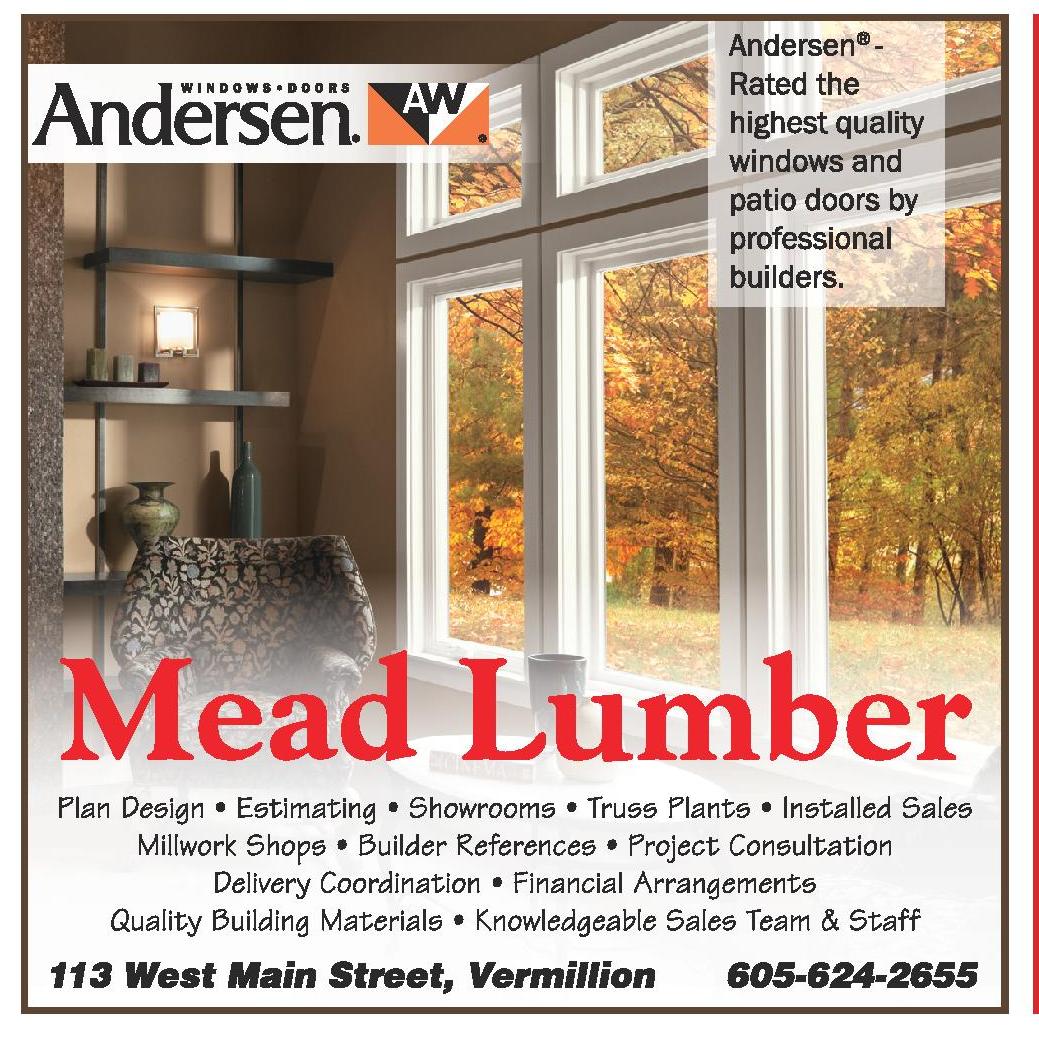





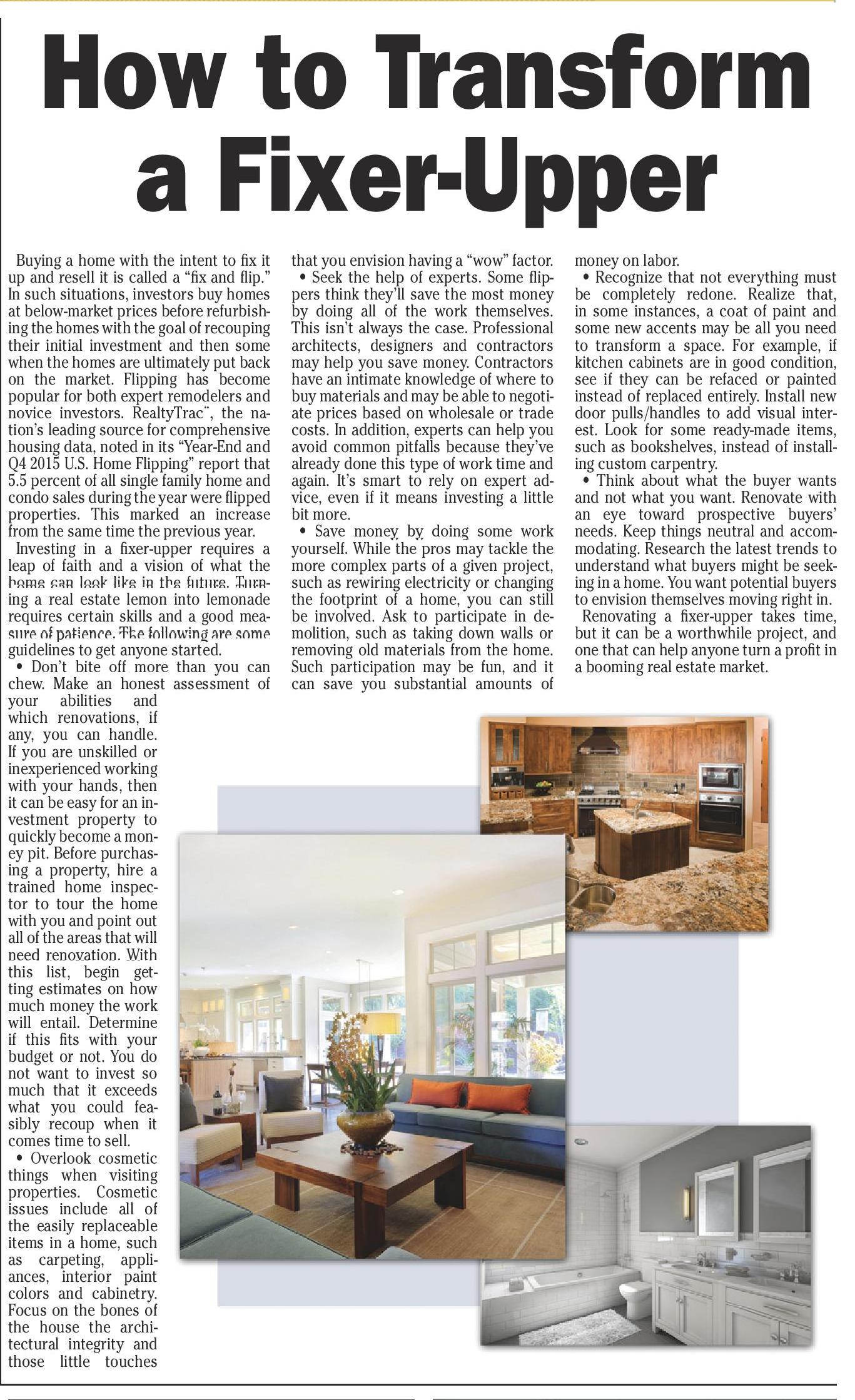
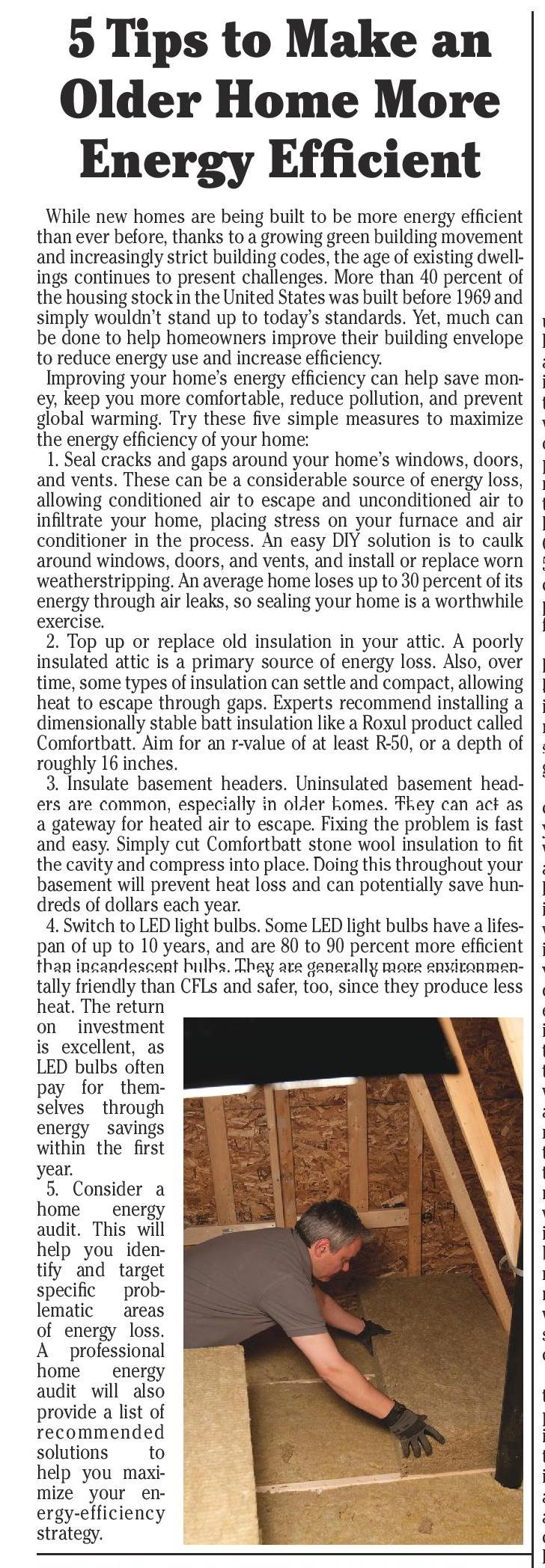



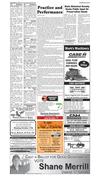





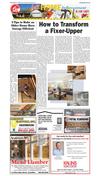



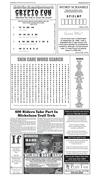

 Previous Page
Previous Page






